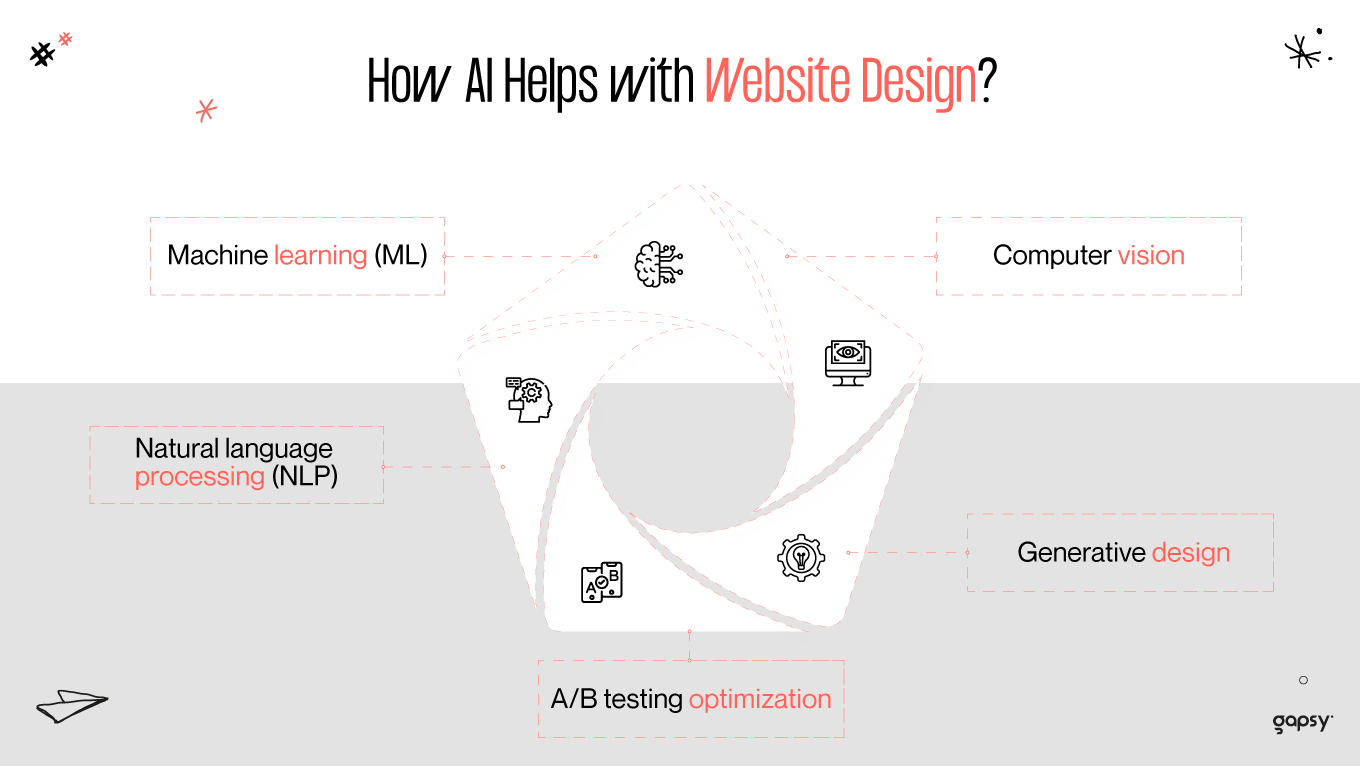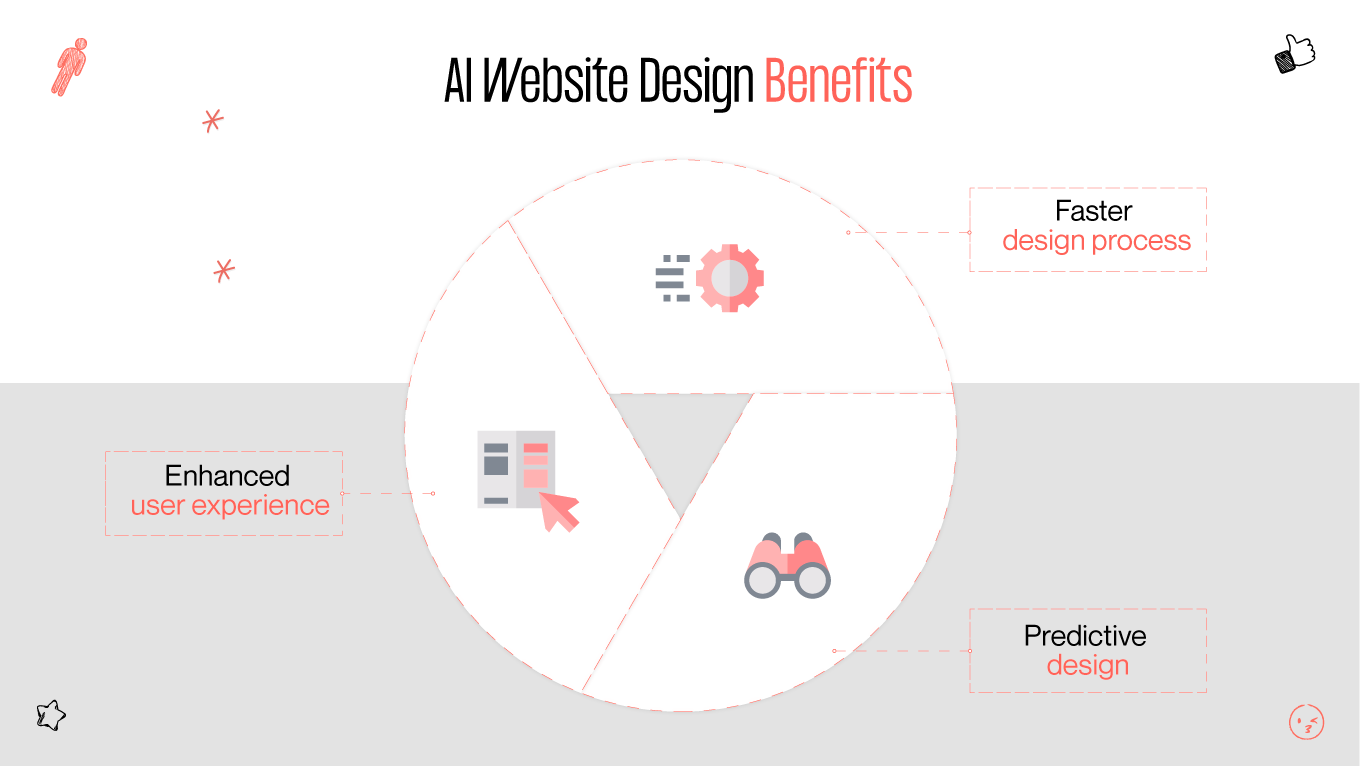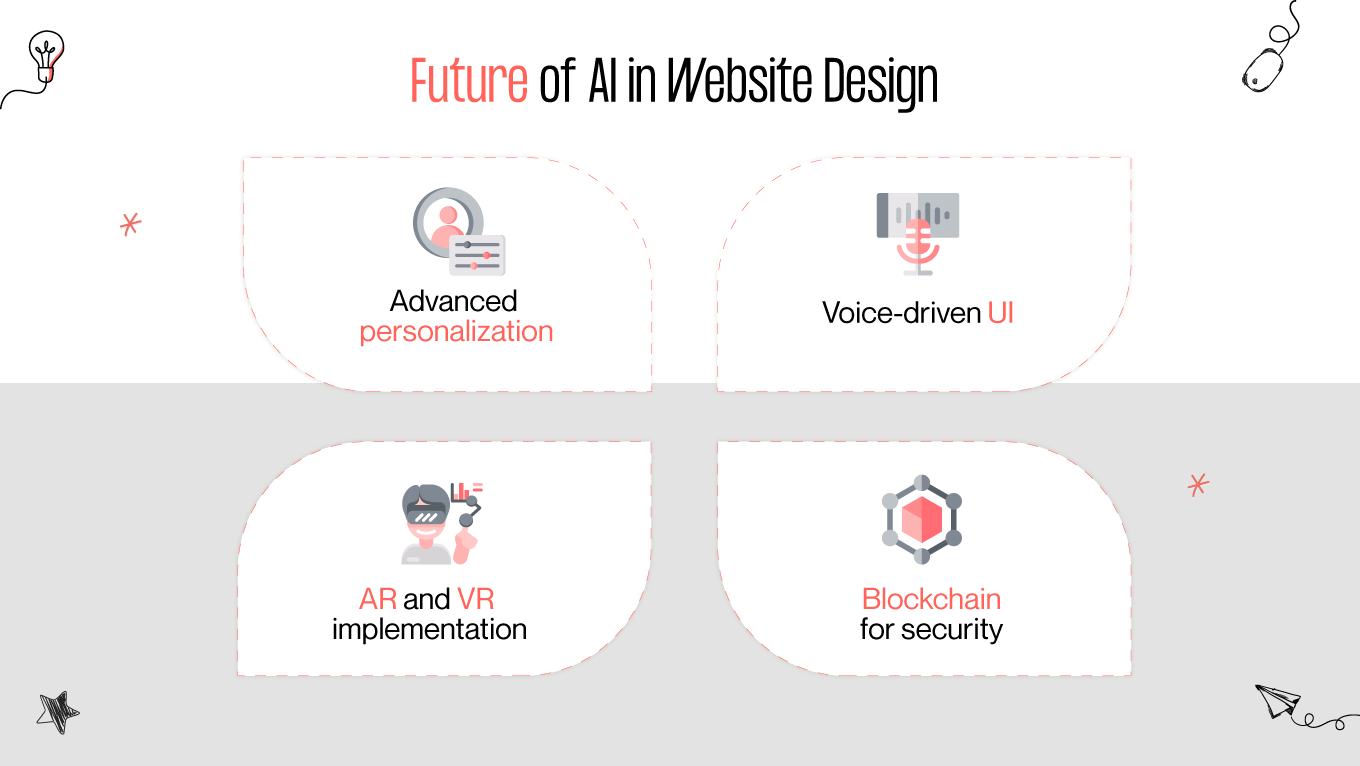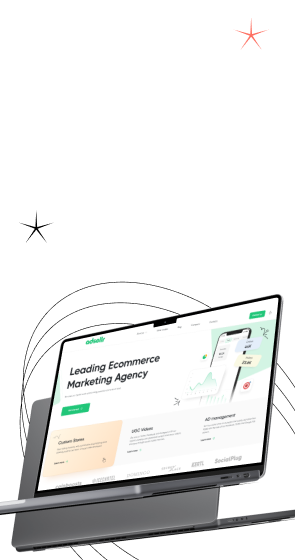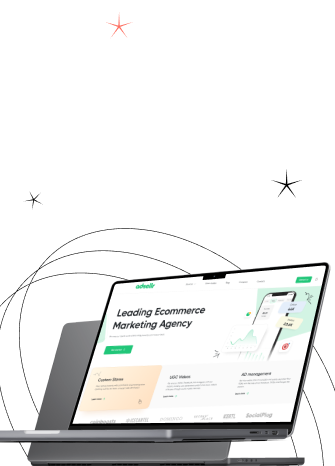AI is one of the most powerful tools in the world today. Only in Europe, 25% of enterprises have adopted AI. The integration of artificial intelligence reshaped the way we conceptualize, create, and experience digital interfaces. As we stand on the cusp of a new era in design innovation, understanding how to harness the power of AI has become paramount for designers seeking to push the boundaries of what's possible. From intelligent content creation to responsive layouts that evolve with user interactions, the possibilities are exciting and limitless. Yet, with this great potential comes the responsibility to use AI ethically and ensure that the human touch remains at the core of design decisions. Let's uncover the transformative capabilities that lie within the realm of designing websites with AI.



